Tech
High Altitude Assessment in a Workplace: Reducing Risks and Ensuring Worker Safety

Every workplace is different and presents unique risks to the health and safety of employees. When it comes to working at high altitudes, it is important to take into account the potential dangers and put in place measures to reduce the risks.
In this article, we will discuss the importance of altitude assessment in a workplace, respiratory health surveillance for mine workers, acute medical management in high-risk work environments, and other health considerations for managing work at high altitudes.
We will also look at the difference between risk assessments and job safety analyses, and when is the best time to conduct a risk assessment. Finally, we will provide some tips on how to prepare for working at high altitudes.
Table of Contents
The Importance of Altitude Assessment
Working at high altitudes can present a number of risks to employees, including respiratory problems, dehydration, and fatigue. It is important to assess the risks associated with working at high altitudes and put in place measures to reduce these risks through altitude assessment.
One way to do this is by conducting a risk assessment. A risk assessment is a process of identifying hazards and assessing the risks they pose to employees. It is important to carry out a risk assessment before starting work at high altitudes, as this will help you identify any potential hazards and put in place measures to control the risks.
A risk assessment should be conducted by a qualified person who has experience working at high altitudes. The assessor should take into account all aspects of the work, including the type of work being done, the equipment being used, and the environment in which the work is taking place.
Minerals Mines and Quarries Respiratory Health Surveillance
Minerals mines and quarries are classified as high-risk workplaces due to the potential for exposure to airborne contaminants. These contaminants can cause a range of respiratory problems, including asthma, chronic obstructive pulmonary disease (COPD), and lung cancer.
To protect the health of employees working in these environments, it is important to carry out regular minerals mines and quarries respiratory health surveillance. This surveillance should include both medical and environmental monitoring.
Medical monitoring should be conducted by a qualified doctor or nurse and should include a medical history, physical examination, and lung function testing.
Environmental monitoring should be carried out by trained personnel using air sampling devices. These devices are used to measure the level of airborne contaminants in the workplace.
The results of the respiratory health surveillance should be used to develop a health and safety plan that outlines how to control the risks associated with working in a minerals mine or quarry.
Acute Medical Management in High-Risk Work Environments
When you work in high-risk work environments, employees are exposed to a lot of risks, including exposure to hazardous substances, noise, and extreme temperatures. It is important to have an acute medical management plan in place to protect the health of employees working in these environments.
The acute medical management plan should include details of who to contact in case of an emergency, where to go for help, and what to do if someone becomes sick or injured.
Respiratory Health Surveillance for Mine Workers
In order to protect the health of employees, it is important to put in place a respiratory health surveillance program.
A respiratory health surveillance program should include regular medical examinations and tests for employees. It should also include measures to control exposure to dust and other airborne particles.
Acute Medical Management in High-Risk Work Environments
Acute medical management is a system that provides prompt treatment for illnesses and injuries that occur at work. It aims to protect the health of employees by ensuring that they receive prompt and appropriate medical treatment.
One important element of acute medical management is having the right supplies on hand. These supplies should be adequate for the number of employees working in the environment and the type of work being done.
Dangerous Goods Medical
Dangerous goods are materials that can pose a risk to health if they are not used properly. Employees who work with dangerous goods must be medically fit to do so.
When working with dangerous goods, it is important to have a medical plan in place in case of an accident or illness. Dangerous goods medical is a system that provides prompt treatment for employees who are exposed to hazardous materials.
The medical plan should include a system for reporting accidents and illnesses, a system for providing first aid and medical treatment, and a system for evacuating employees from the workplace in case of an emergency.
Completing Alcohol Management Plan
If your work involves the use of alcohol, it is important to have an alcohol management plan in place. The plan should include measures to control the consumption of alcohol, such as setting limits on the amount of alcohol that can be consumed during work hours.
It should also include measures to prevent employees from becoming intoxicated while working, such as providing training on the effects of alcohol on the body and conducting regular breathalyzer tests.
It is important for all workplaces to have an alcohol management plan in place. This plan should include details of who is responsible for managing the consumption of alcohol, how much alcohol can be consumed, and where and when it can be consumed.
Health Considerations for Managing Work at High Altitudes
When working at high altitudes, it is important to take into account the potential health risks. These risks can include dehydration, fatigue, respiratory problems, and heart problems.
It is important to stay hydrated when working at high altitudes by drinking plenty of fluids. You should also eat regular meals and snacks to maintain your energy levels.
If you start to feel unwell when working at high altitudes, it is important to stop work immediately and seek medical help.
Lastly, it is important to have a plan in place for dealing with emergencies. Make sure to take note of who you should contact in emergencies, where the nearest medical help is, and proper first aid procedures.
Difference between Risk Assessment and Job Safety Analyses
A risk assessment is a systematic process of identifying, assessing, and controlling risks. It is used to identify the hazards that could cause harm to people, property, or the environment.
A job safety analysis, on the other hand, is a tool that can be used to identify and control hazards in the workplace. It is used to assess the risks associated with a particular job or task.
The best time to conduct a risk assessment is when there is a change in the workplace that could potentially create new hazards. This could include changes in equipment, procedures, or working conditions.
How to Prepare for Working at High Altitudes?
There are a number of things you can do to prepare for working at high altitudes:
- Make sure you are physically fit: The work can be physically demanding.
- Make sure you are mentally prepared: Working at high altitudes can be mentally challenging.
- Acclimatize to the altitude: It is important to spend time acclimatizing to the altitude before starting work.
- Get a medical checkup: Before working at high altitudes, it is important to get a medical checkup to make sure you are healthy enough for the work.
- Take care of your belongings: Take care of your belongings and keep them safe.
The Bottomline
Working at high altitudes can be dangerous if proper precautions are not taken. It is important to acclimatize gradually, drink plenty of fluids, eat regular meals, avoid smoking, wear the right clothing, use sunscreen, and carry a first aid kit.
Now that you know the importance of altitude assessment in the workplace, you can take steps to ensure that your workplace is safe.
If you have any questions about altitude assessment or how to prepare for working at high altitudes, talk to professionals who have ample experience in the field. This will help you ensure the safety of your workplace.

-
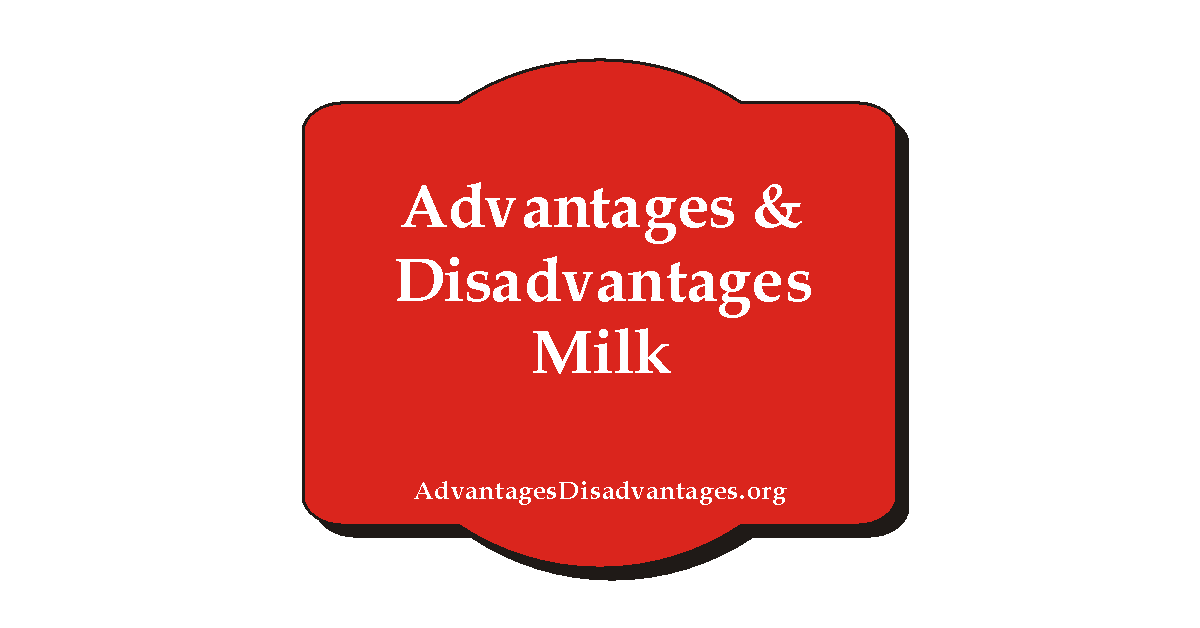
 Health6 years ago
Health6 years agoAdvantages and Disadvantages of Milk
-

 Tech4 years ago
Tech4 years ago6 Tips to Improving E-Commerce Websites
-
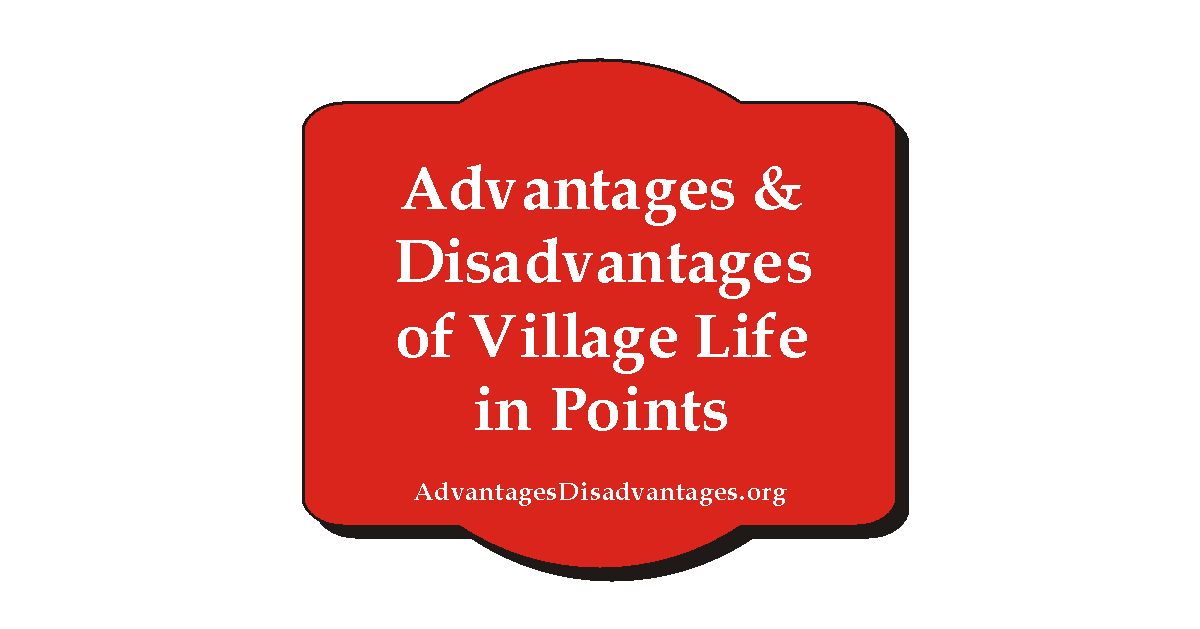
 Home6 years ago
Home6 years agoAdvantages and Disadvantages of Village Life in Points
-
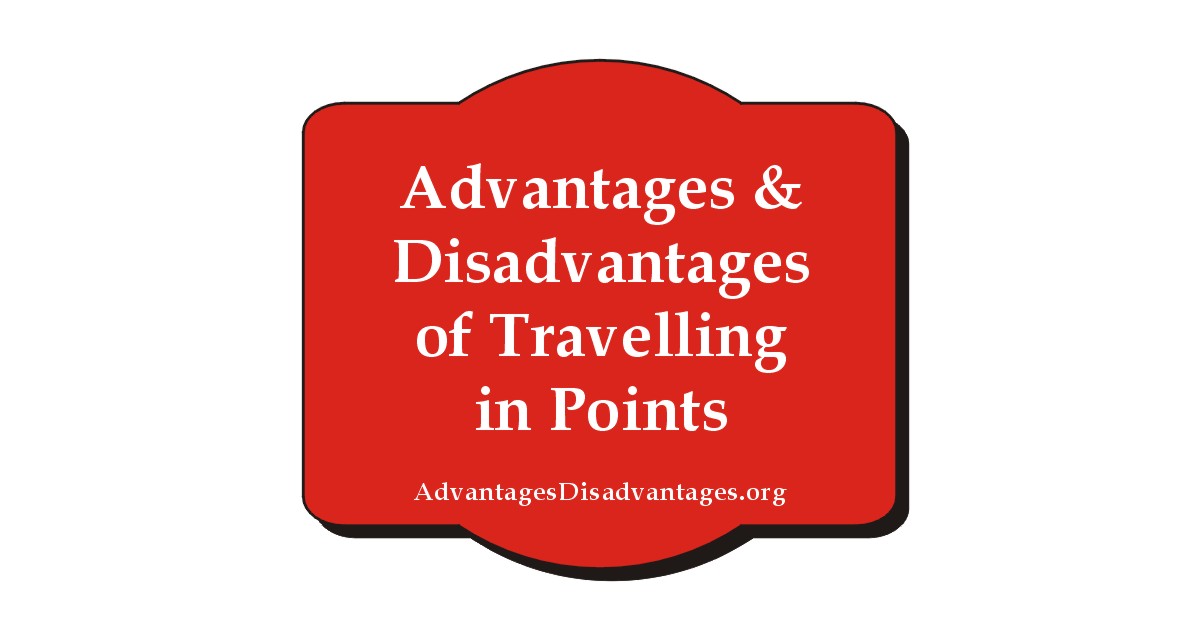
 Travel5 years ago
Travel5 years agoAdvantages and Disadvantage of Travelling
-

 Sports4 years ago
Sports4 years agoThe benefits of playing an online live casino
-

 Tech6 years ago
Tech6 years ago10+ Advantages and Disadvantages of Mobile Phones in Points
-
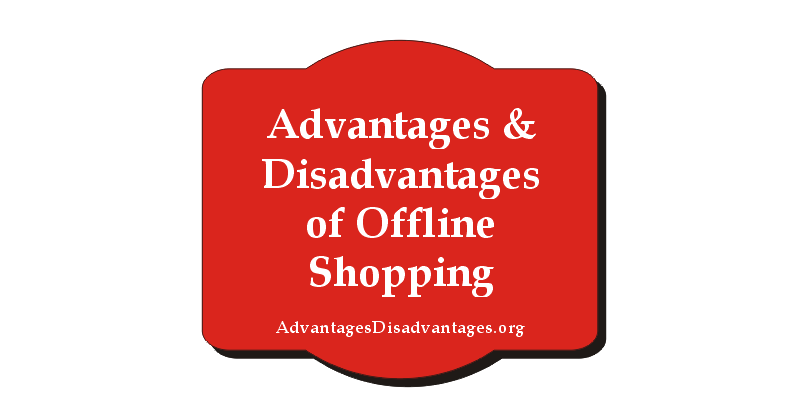
 Tech5 years ago
Tech5 years agoEssay on Advantages and Disadvantages of Offline Shopping
-
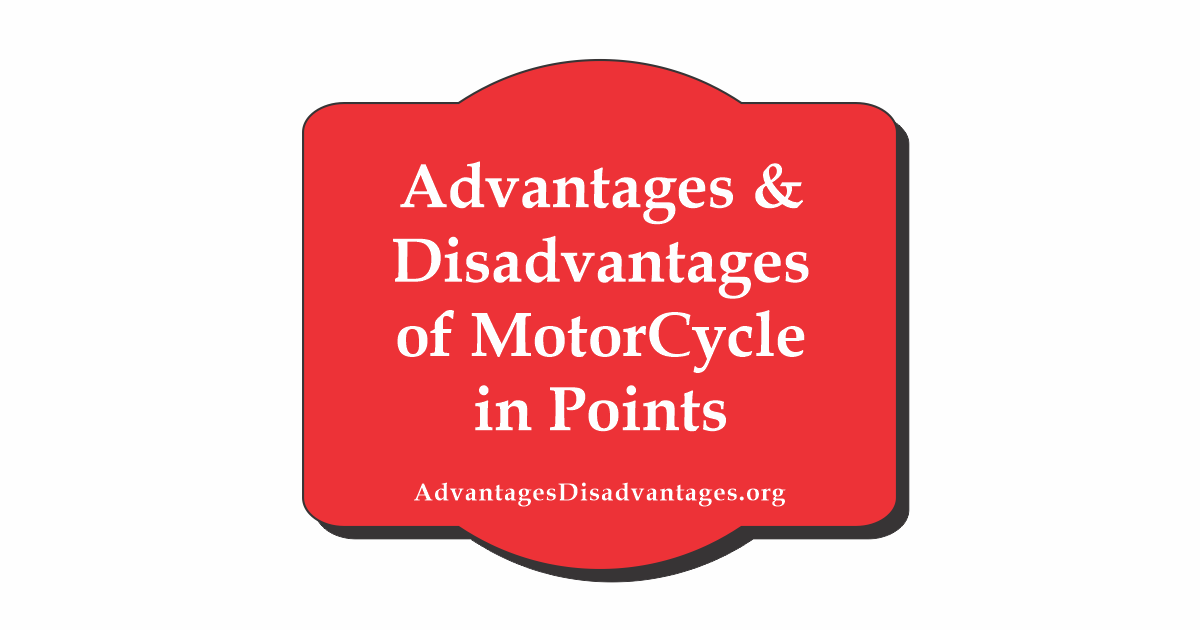
 Tech5 years ago
Tech5 years ago8+ Advantages and Disadvantages of Motorcycle |Having Bike